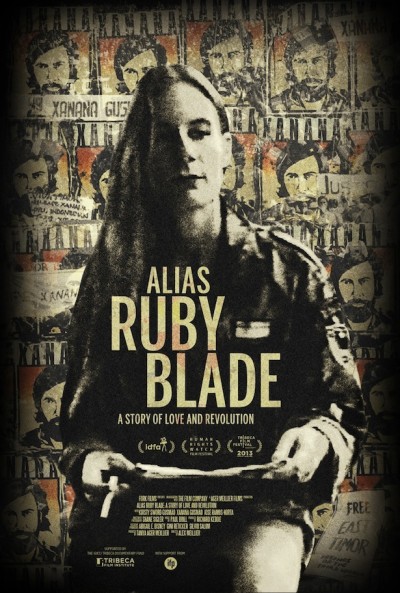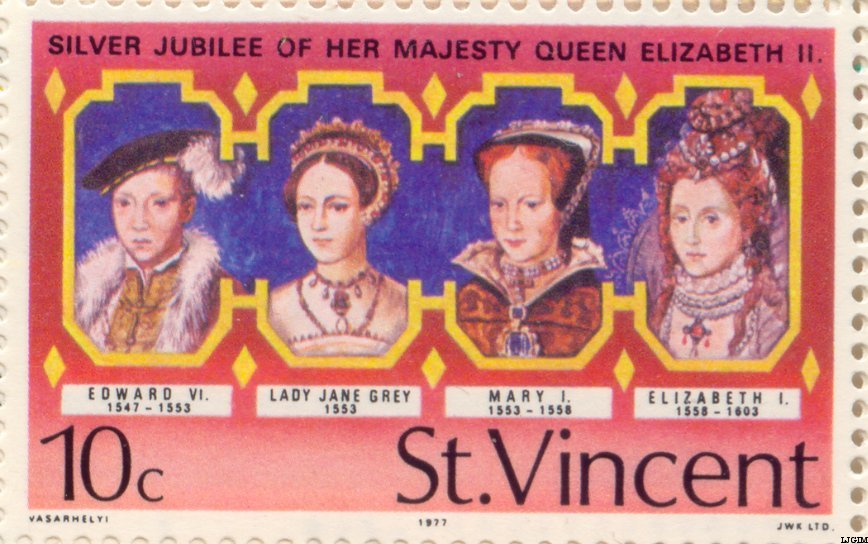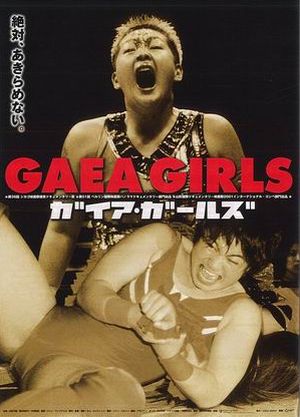★★½
“Make love, not war.”
 I was, I will admit, only vaguely aware of East Timor before watching this documentary, to the extent I could probably not have pointed to it on a globe with any precision. For those in a similar position, it’s a chunk of an island just to the north of Australia, which was occupied by Indonesia in 1975, not long after the Portuguese abandoned their colony. This kicked off a long, bloody period of unrest, which ran for virtually the rest of the century, and pitted those fighting for independence against the Indonesian Army and local militia groups. Leading the independence movement, FRETLIN, was charismatic guerrilla Xanana Gusmão, until his capture in 1992. One of those helping him continue to lead the group from jail was undercover FRETLIN operative “Ruby Blade” a.k.a. Australian teacher Kirsty Sword. The film is the story of how she ended up becoming the First Lady of an independent East Timor.
I was, I will admit, only vaguely aware of East Timor before watching this documentary, to the extent I could probably not have pointed to it on a globe with any precision. For those in a similar position, it’s a chunk of an island just to the north of Australia, which was occupied by Indonesia in 1975, not long after the Portuguese abandoned their colony. This kicked off a long, bloody period of unrest, which ran for virtually the rest of the century, and pitted those fighting for independence against the Indonesian Army and local militia groups. Leading the independence movement, FRETLIN, was charismatic guerrilla Xanana Gusmão, until his capture in 1992. One of those helping him continue to lead the group from jail was undercover FRETLIN operative “Ruby Blade” a.k.a. Australian teacher Kirsty Sword. The film is the story of how she ended up becoming the First Lady of an independent East Timor.
At the time, she was working in Indonesia’s capital, Djakarta, as an English teacher, and also helping East Timor students there, doing work like translation, from where she gradually drifted into becoming more actively involved in their struggle. Under the guise of trips to East Timor, ostensibly for humanitarian purposes, she acted as a courier, spy, money launderer and international media liaison for FRETLIN, and also helped funnel members who were on the run out of the country, with the help of friendly embassies. Her initial contact with Gusmão was teaching him English by mail, but she eventually met him in 1994, bluffing her way into the prison by saying she was there to visit an Australian who was, at the time, also being held there. Thanks also to bribed guards, Sword set him up with everything needed to keep running things, including eventually a mobile phone and even a computer. Meanwhile, their own relationship was also growing. After Xanana was released in 1999 and East Timor became independent, the pair married, and he was elected as the nation’s first president in May 2002.
This 2012 documentary is infuriatingly vague, since it skips many of the details, for example omitting entirely incidents like an apparent coup attempt in 2008, which saw Sword besieged with their children in her home, while her husband’s motorcade was ambushed. I’d like to have heard more of the nuts & bolts about her clandestine work, and perhaps rather less footage of Gusmão in prison. The film does give a sense of the danger with some disturbing footage of actual dead bodies, and incidents such as the Dili massacre in 1991, when 250 demonstrators were gunned down by Indonesian soldiers. That incident was recorded by a documentary film-crew, whom Sword was helping, and the resulting footage proved a significant catalyst in bringing East Timor’s plight to world attention. But all told, this isn’t the documentary I would have made on the topic, being more concerned with being worthy than enthralling.











 It has now been almost a quarter-century since GLOW was cancelled in 1990, and there still hasn’t been anything quite like it on television in the Western world: a pro wrestling federation entirely populated by women wrestlers. The brainchild of David McLane, and funded by Pia Zadora’s husband, the owner of the Riviera casino in Las Vegas, GLOW was a marvel of eighties low-budget television, mixing self-effacing comedy (it depicted McLane as having his office in a phone booth) with larger-than-life characters such as Matilda the Hun, and of course, wrestling matches. This documentary tells the story of the federation’s rise and fall – largely through the eyes of the women, as McLane and Matt Cimber, the show’s director, both declined to be formally interviewed (which is a shame, as it would definitely have provided another dimension for the film).
It has now been almost a quarter-century since GLOW was cancelled in 1990, and there still hasn’t been anything quite like it on television in the Western world: a pro wrestling federation entirely populated by women wrestlers. The brainchild of David McLane, and funded by Pia Zadora’s husband, the owner of the Riviera casino in Las Vegas, GLOW was a marvel of eighties low-budget television, mixing self-effacing comedy (it depicted McLane as having his office in a phone booth) with larger-than-life characters such as Matilda the Hun, and of course, wrestling matches. This documentary tells the story of the federation’s rise and fall – largely through the eyes of the women, as McLane and Matt Cimber, the show’s director, both declined to be formally interviewed (which is a shame, as it would definitely have provided another dimension for the film). Out in the middle of the Japanese countryside is a square, unremarkable building that is the headquarters and training center for GAEA, one of the country’s leading women’s wrestling federations. Into this comes Takeuchi, making her second attempt to become a pro wrestler – the brutal training, under the glare of GAEA’s top wrestler Nagaua, caused her to give up last time. Will her second attempt prove any more successful? Can she get through to the final exam, and pass it to become a full member of GAEA?
Out in the middle of the Japanese countryside is a square, unremarkable building that is the headquarters and training center for GAEA, one of the country’s leading women’s wrestling federations. Into this comes Takeuchi, making her second attempt to become a pro wrestler – the brutal training, under the glare of GAEA’s top wrestler Nagaua, caused her to give up last time. Will her second attempt prove any more successful? Can she get through to the final exam, and pass it to become a full member of GAEA? Not that there is any shortage of said personalities, such as the mother and daughter who both take part in the sport, or the three sisters who have been roller-skating virtually their entire life, and are feared across the entire Seattle league. There are, admittedly stories about romance and marriage included, but even these have a close connection to roller-derby, like the guy who proposes after his girlfriend became part of the championship-winning team [I can relate to this, having proposed to my wife immediately after the Arizona Diamondbacks won the 2001 World Series!]. I also enjoyed the insight into the different teams, like the Sockit Wenches (right) or the Derby Liberation Front, and the different ways in which they both perceive themselves and are perceived from the outside. Each has a different group personality, which of course, attracts other like-minded individuals, reinforcing that aspect of the team.
Not that there is any shortage of said personalities, such as the mother and daughter who both take part in the sport, or the three sisters who have been roller-skating virtually their entire life, and are feared across the entire Seattle league. There are, admittedly stories about romance and marriage included, but even these have a close connection to roller-derby, like the guy who proposes after his girlfriend became part of the championship-winning team [I can relate to this, having proposed to my wife immediately after the Arizona Diamondbacks won the 2001 World Series!]. I also enjoyed the insight into the different teams, like the Sockit Wenches (right) or the Derby Liberation Front, and the different ways in which they both perceive themselves and are perceived from the outside. Each has a different group personality, which of course, attracts other like-minded individuals, reinforcing that aspect of the team. For the next entry, we leap forward to 2009, and Portland – a city which all we know about, we learned from Portlandia. And, on that basis, of course it’s a city which has roller derby, where it sprung, virtually fully-fledged to four-figure crowds. This is less of a landmark doc, in that it doesn’t cover the beginning, middle or end. It’s basically a year or so in the lives of the participants in the Rose City Rollers, which is the Portland league. It covers both their local season, and then, once that’s over, follows the travelling team, the Wheels of Justice, first as they head down to San Francisco to take on their hated rivals, then over to Denver for the regional championships.
For the next entry, we leap forward to 2009, and Portland – a city which all we know about, we learned from Portlandia. And, on that basis, of course it’s a city which has roller derby, where it sprung, virtually fully-fledged to four-figure crowds. This is less of a landmark doc, in that it doesn’t cover the beginning, middle or end. It’s basically a year or so in the lives of the participants in the Rose City Rollers, which is the Portland league. It covers both their local season, and then, once that’s over, follows the travelling team, the Wheels of Justice, first as they head down to San Francisco to take on their hated rivals, then over to Denver for the regional championships.